Friday, August 12, 2022
Hungarian Folk Albums | The Essential 10
A handpicked selection of Hungarian folk albums, featuring Söndörgő, Cimbaliband, Muzsikás and more
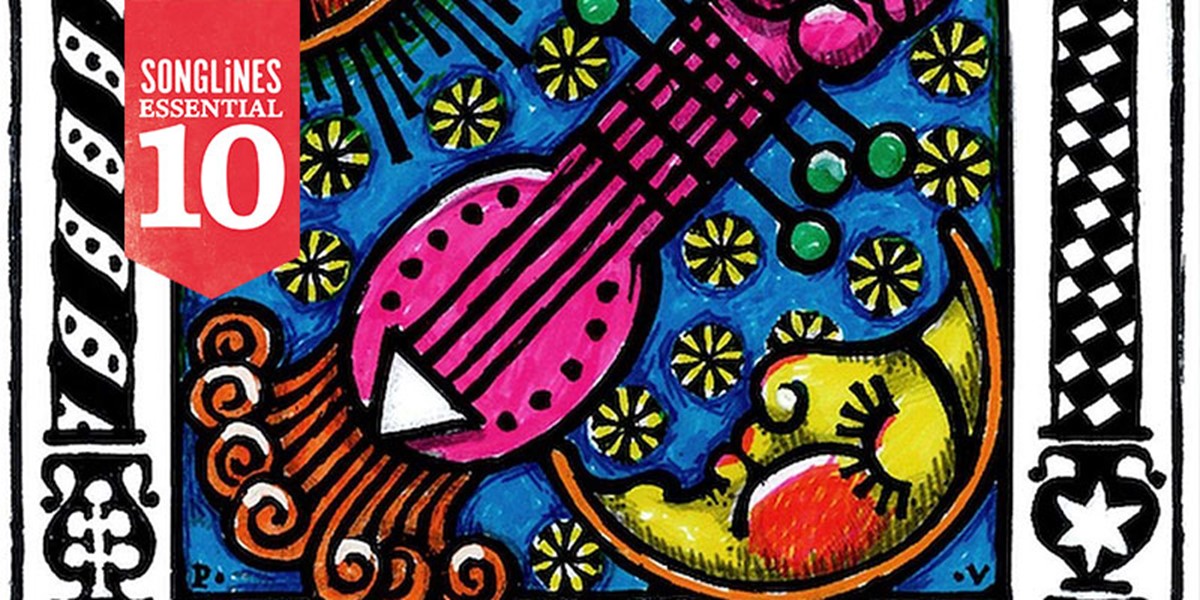
This guide to Hungarian folk albums originally appeared in the July 2022 of Songlines magazine. Never miss an issue – subscribe today

Szilvia Bognár, Ágnes Herczku & Ági Szalóki
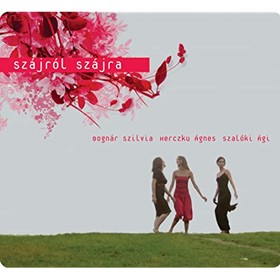
Szájról Szájra (Folk Europa, 2007)
On this classic album three of Hungary’s top female singers re-imagine folk songs in fresh new arrangements with a small band of instrumentalists, including Gábor Juhász on guitar and multi-instrumentalist Nikola Parov. The Christmas song ‘Betlehem’ is a standout. An album that’s immediately attractive, but also has emotional depths.

Cimbaliband
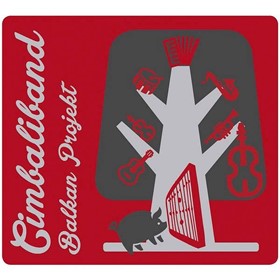
Balkan Projekt (Fonó Records, 2018)
Led by charismatic cimbalom player Balázs Unger, Cimbaliband are one of Hungary’s great party ensembles and quite prolific with at least nine albums released. As the title suggests, this album takes its inspiration from Romanian, Serbian and Macedonian styles with Dóra Danics featuring on vocals.

Cimbalom Brothers
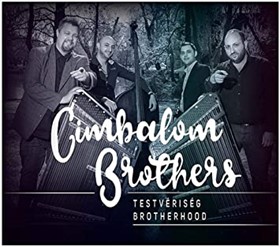
Testvériség (Brotherhood) (Fonó Records, 2018)
The concert cimbalom – basically the innards of a piano hit with hammers – was invented by the Hungarians. It’s not very often that you get two of them played together, but that’s just what’s happening here, with the duties falling to Jenő Lisztes and Balázs Unger of Cimbaliband. A fine showpiece, but with poetry too.

Muzsikás
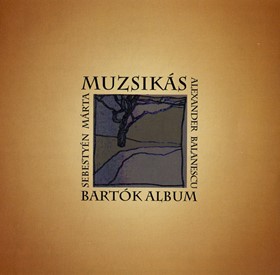
The Bartók Album (Hannibal/Muzsikás, 1999)
In the House of Music exhibition, the modern age is ushered in with Béla Bartók and colleagues embarking on the first European folk-music collecting missions. This album features some of those recordings as well as contemporary-style folk performances of melodies Bartók collected and his brilliant violin duos played by Mihály Sipos and Alexander Balanescu. Muzsikás are Hungary’s stand-out folk band.

Parno Graszt
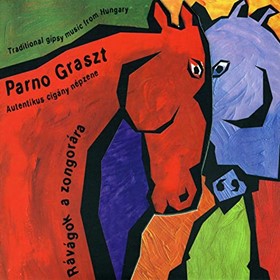
Rávágok a Zongorára (Fonó Records, 2002)
From the remote village of Pazsab in north-east Hungary, Parno Graszt (meaning ‘White Horse’ in Romani) are a real rural Gypsy band, led by József Oláh. Their music is dominated by fizzing, foot-tapping tambura with guitars and soulful vocals. This is their debut album and, to me, still their best.

Romengo

Nagyecsed – Budapest (Gryllus, 2014)
One of the top Hungarian Roma Gypsy bands, Romengo play music from their ancestral home, Nagyesced, a real centre of Gypsy music, and from Budapest where they live. The songs, in Romani and Hungarian, are sung by the award-winning Mónika Lakatos, accompanied by guitars, violin, sax, along with various household instruments and oral percussion.

Söndörgő
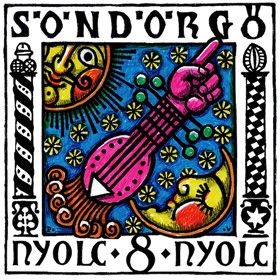
Nyolc 8 Nyolc (SNDRG Music, 2019)
This is the eighth album from Hungary’s super-lively plucked tambura band. Members of the Eredics family play instrumental music from the Serbian and Croatian communities. Produced by Ben Mandelson, what’s impressive is the way Söndörgő create new music from their traditional sources. A couple of tunes also reference pieces that Bartók collected.

Various Artists
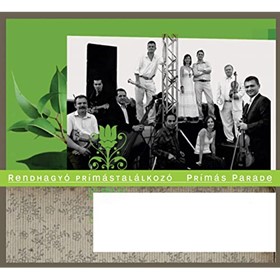
Primás Parade (Folk Europa, 2009)
This album features a supergroup of musicians drawn from folk, jazz, rock and classical with a common root in traditional music. Including players such as Balázs Vizeli (violin), Kalmán Balogh (cimbalom), Mihály Dresch (sax), Miklós Both (electric guitar) and vocalists Ágnes Herczku and Éva Korpás, most of the music is from Transylvania. An inspired set from musicians bringing a new vitality to the tradition.

Various Artists (2)
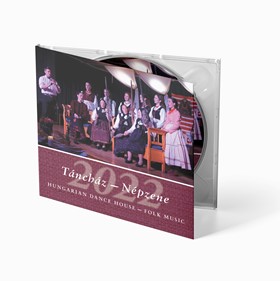
Táncház – Népzene 2022 (Hagyományok Háza, 2022)
Each year the Hungarian Heritage House releases an album of the bands performing at the annual Dance House Meeting held in the Budapest Arena in April. It’s a good way of checking out the notable bands on the scene.

Various Artists (3)
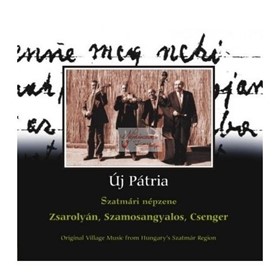
Új Pátria: Szatmári Népzene – Zsarolyán, Szamosangyalos, Csenger (Fonó Records/Hagyományok Háza, 2010)
In the Budapest House of Music, the ‘Final Hour’ recordings are described as the largest collection of folk music from the second half of the 20th century. A total of 68 CDs were released, but there’s more archived. Most of the music comes from Transylvania in Romania, but there are also albums from Slovakia and Hungary. This features music from three villages in north-east Hungary.

